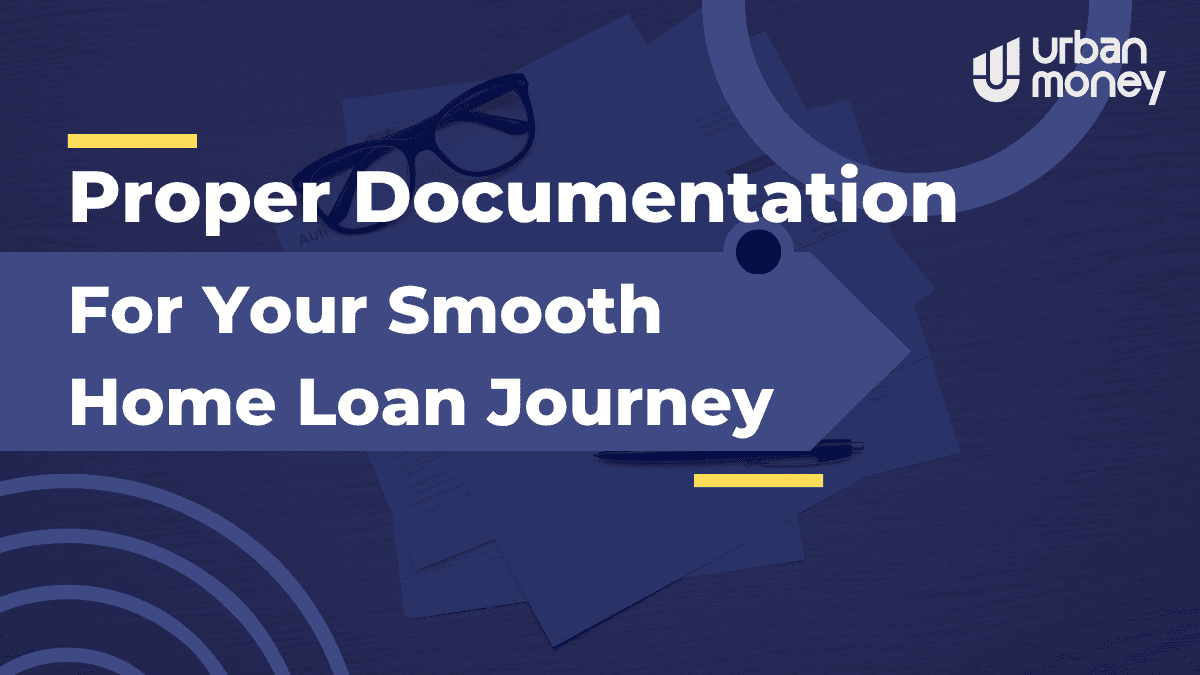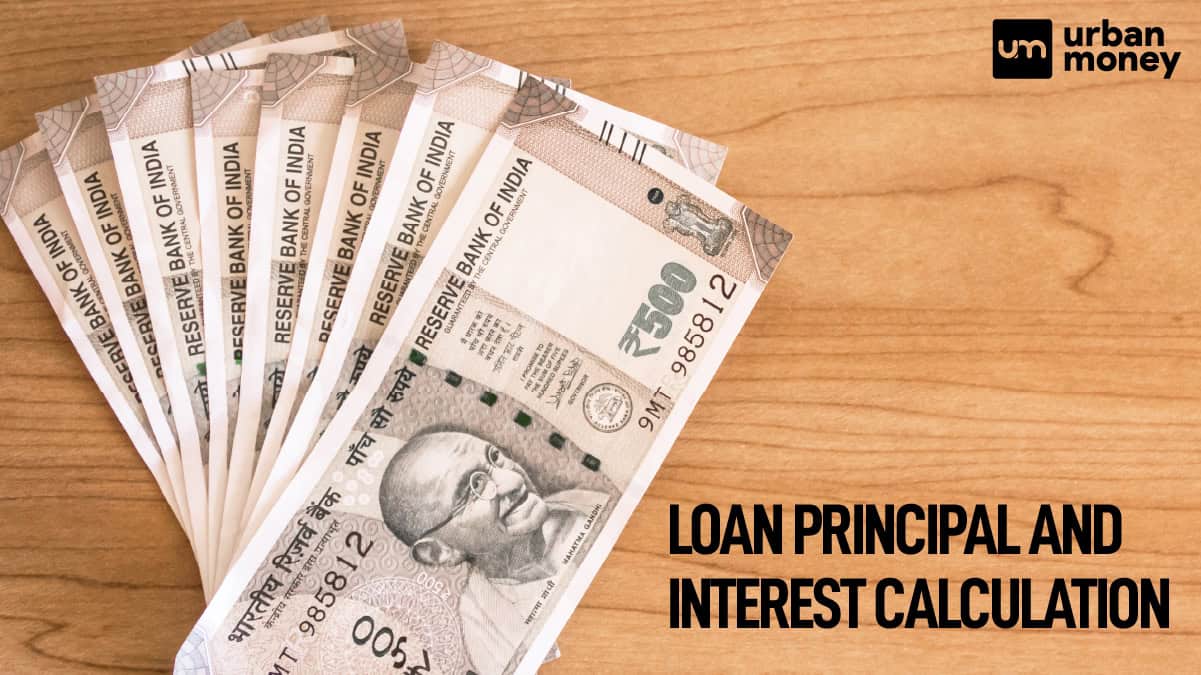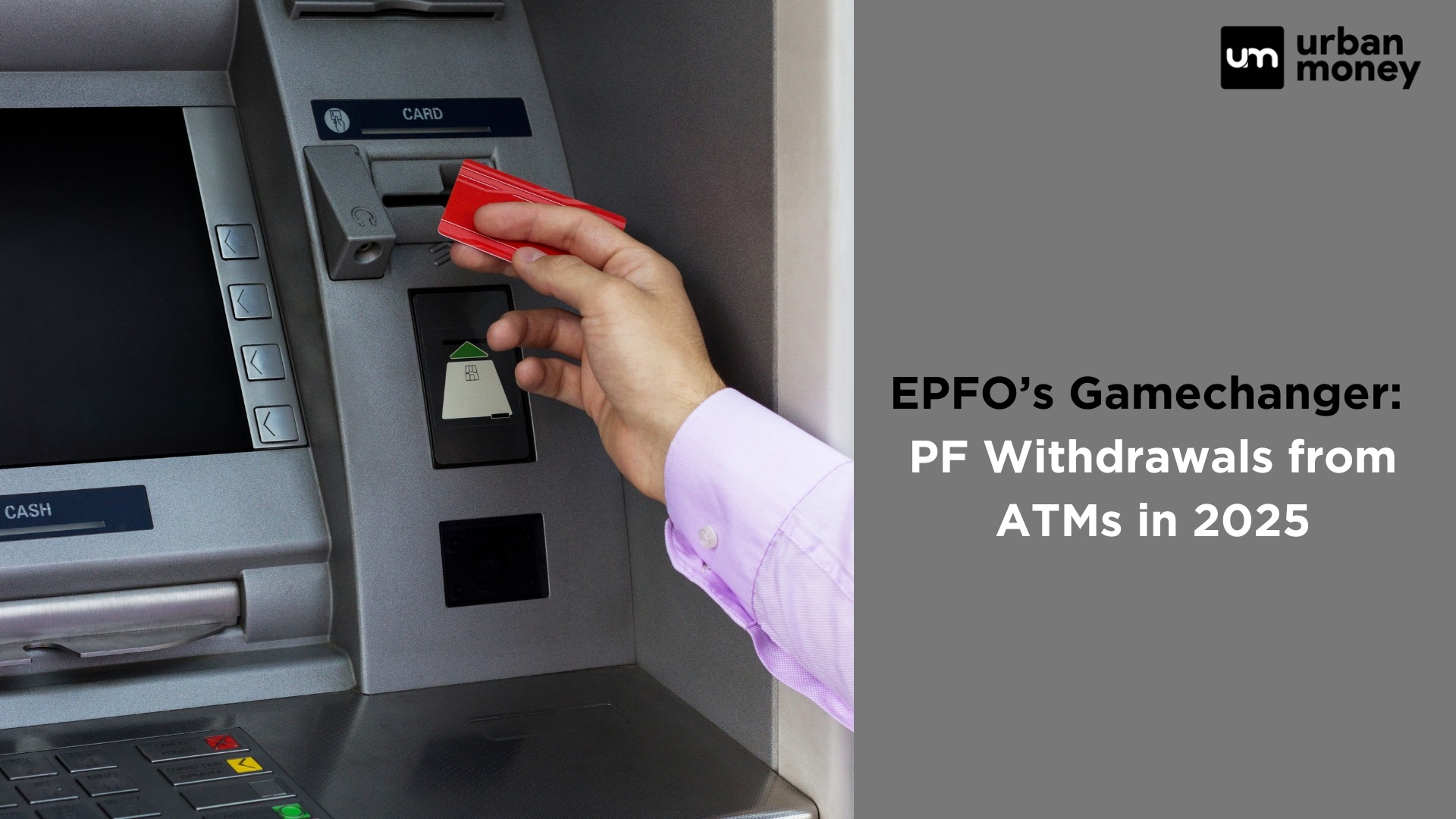Top 10 Best Private Banks in India List 2025
January 09, 2025
Home Loan Archive | (Memorandum of Deposit) MOD in Home Loan

July 30, 2024


Out of the numerous documents a home loan applicant has to sign, a Memorandum of Deposit (MoD) is among the most important ones. Knowing only the loan terms and mere verbal interactions with bank agents isn’t enough for a home loan seeker. To be an intelligent borrower, one must be fully aware of the legal as well as administrative demands put up on you.
This blog helps you become completely aware of one of the most important documents, the MoD, in the home loan process. The piece covers all the aspects related to the document. So without any delays, let’s jump in to gain an all-around perspective on MoD – Memorandum of Deposit.
Table of Contents
ToggleThe full form of MOD is a Memorandum of Deposit. An MoD is a legal document stating the transfer of the property deeds from the borrower to the lender, during the loan tenure. The MoD is a title deed prepared by the lender and signed by the borrower. The full loan amount is disbursed only after the borrower has signed the memorandum.
In India, a loan applicant has to submit all the documents related to ownership of the property. The MoD entitles a bank to auction the property with the aim of recovering their losses in times of loan defaults. Once the home loan is fully settled, the lender invalidates the MoD to make the borrower the sole owner of the property.
The MoD document serves as a security provision for the lender. It provides them reassurance of a mortgage in hand, which they can use to secure themselves against potential risks. If a borrower is unable to repay the loan, the signed MoD authorises the bank to take the property’s possession and sell it in order to reclaim its losses. Apart from that, the bank also imposes a legal obligation on a borrower through an MoD document. Having signed a document, borrowers take loan repayments more seriously.
For the applicant, it helps submit proof of ownership of the concerned property and establish their credibility. Moreover, even in cases of home loan transfers, your new lender will require the memorandum of deposit.
An applicant has to pay the MoD fee to complete the registration process. Different lenders charge different MoD fees. The MoD charges for a home loan usually vary from 0.1% to 0.5% of the principal loan amount. However, an upper limit of ₹25,000 is levied on MoD charges irrespective of the type of housing loan and the requested amount.
These charges depend upon a number of factors including the condition of the property, administrative costs incurred by the bank and the borrower’s risk profile. A lender carries out the MoD signing before full disbursal of the home loan amount. MoD charges for a home loan are not refundable.
Once the loan is fully repaid by the borrower, it is the bank’s responsibility to cancel the MoD and hand over the complete ownership to the borrower. When the borrower has settled the loan, the bank sends an agent representing them to the registration office. The bank agent gets a release deed prepared to ensure that the mortgage is now free from the bank’s lien. The owner finally gains complete possession of the property with the help of this release deed and a NOC certificate.
Although banks should automatically begin the procedure, it is advised that customers formally apply for MoD cancellation as soon as the EMIs are over. One must also carefully note that there is no claim continuing on the property by the lender, the loan settlement has been acknowledged and the property details have been accurately recorded in the certificate.
The MoD document is an important administrative and legal document. It is necessary to carry out the home loan transaction between the two parties. Further, home loans involve huge risks for the lender. A MoD document reduces the possibility of home loan fraud.
A home loan is a secured loan where monetary assistance is extended against the mortgage of the property. Hence, signing the memorandum of deposit helps a borrower prove a successful deposit of the property deeds on their part.
Yes, it is mandatory for a home loan seeker to sign a memorandum of deposit to be eligible for a home loan.
MoD charges for a home loan range from 0.1%-0.5% of the principal amount, with a maximum limit of up to ₹25,000.
MoD charges for a home loan are to be borne by the borrower and can be paid to the lender through specified modes of payment.
The memorandum of deposit is prepared by the lender and signed by a borrower before the final disbursement. It officially notifies the transfer of property deeds from the borrower to the lender for the duration of the home loan. The property ownership is transferred back to the borrower once the loan is settled.










© 2025 www.urbanmoney.com. All rights reserved.

Need Loan Assistance?


















